-
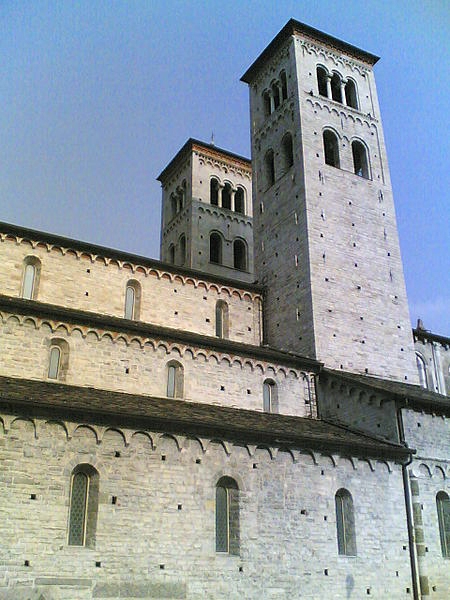
Basilica di Sant'Abbondio -
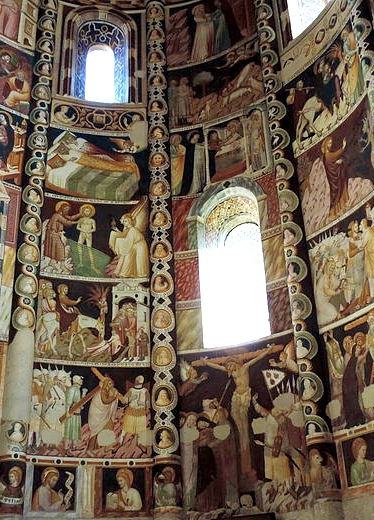
Basilica di Sant'Abbondio -
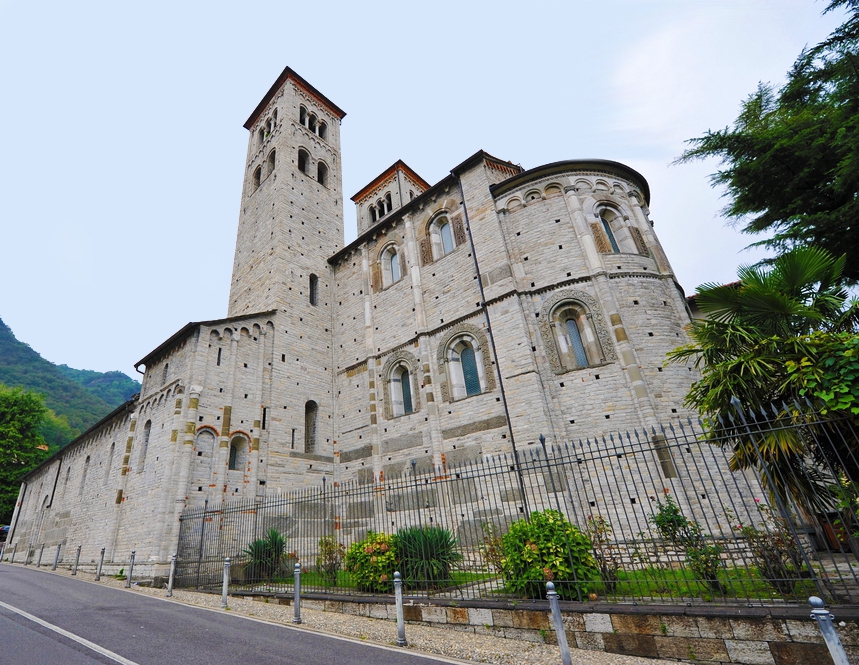
Basilica di Sant'Abbondio -
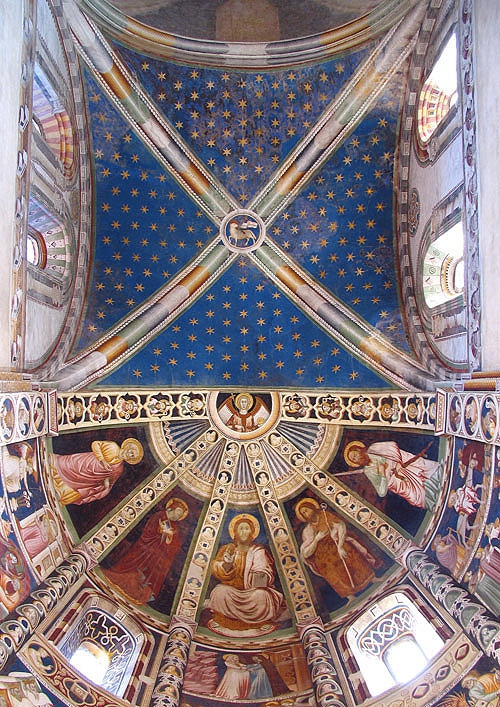
Basilica di Sant'Abbondio -
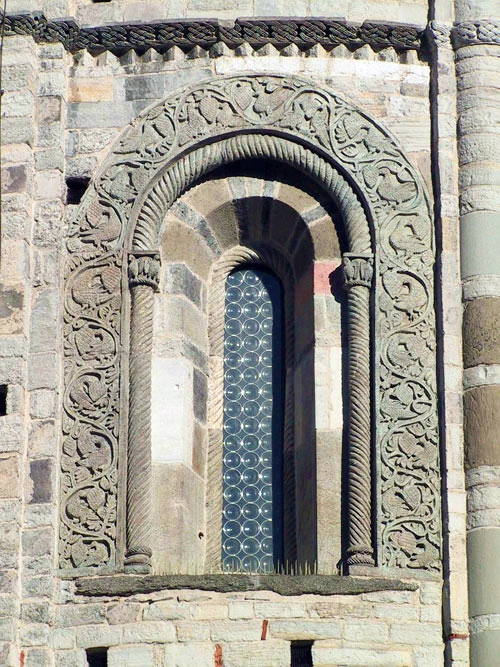
Basilica di Sant'Abbondio -
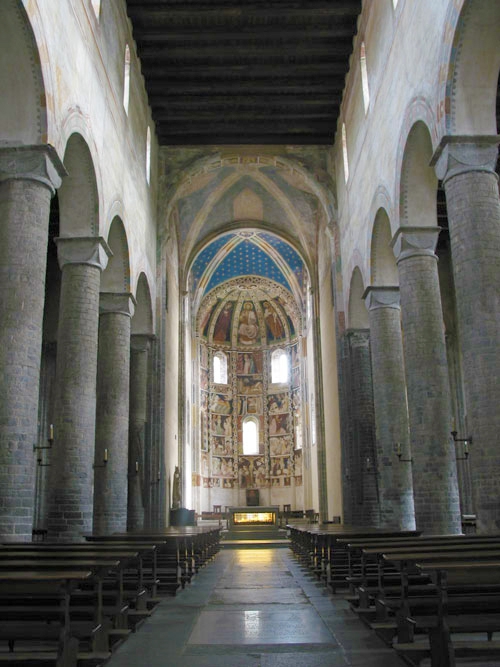
Basilica di Sant'Abbondio -
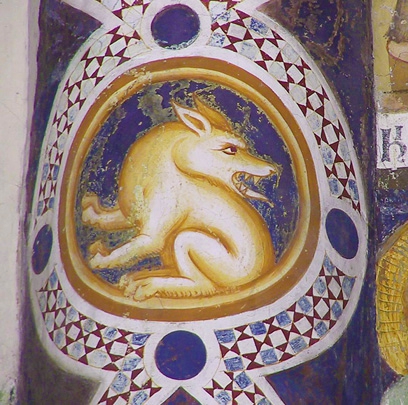
Basilica di Sant'Abbondio -
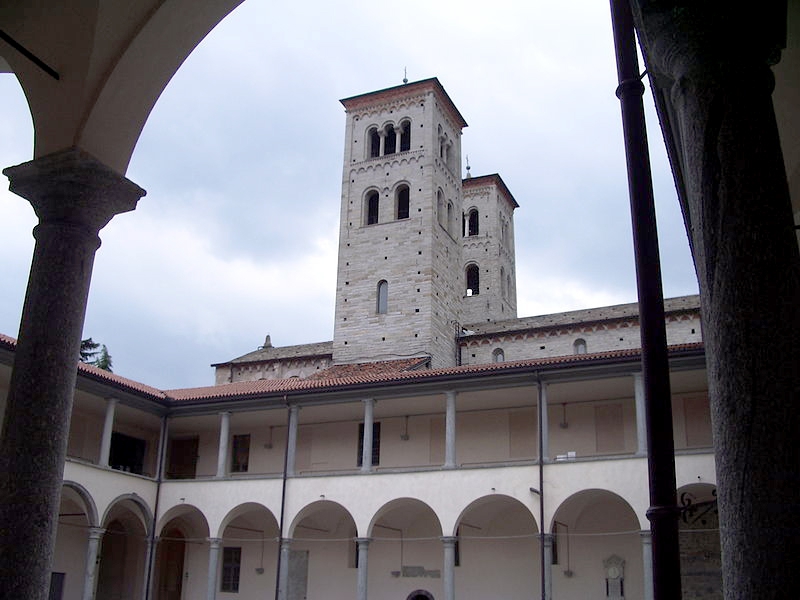
Basilica di Sant'Abbondio -
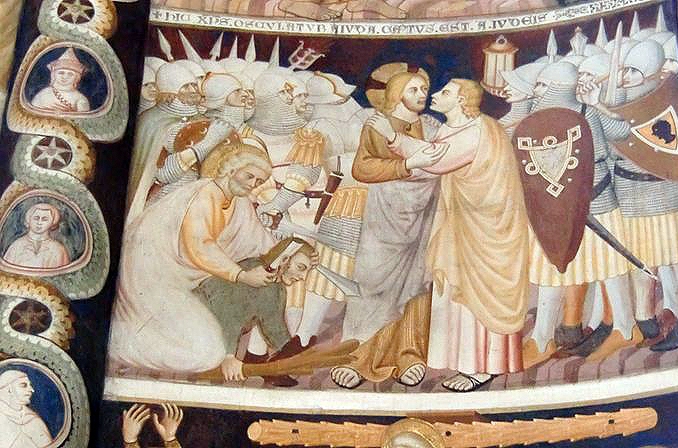
Basilica di Sant'Abbondio -
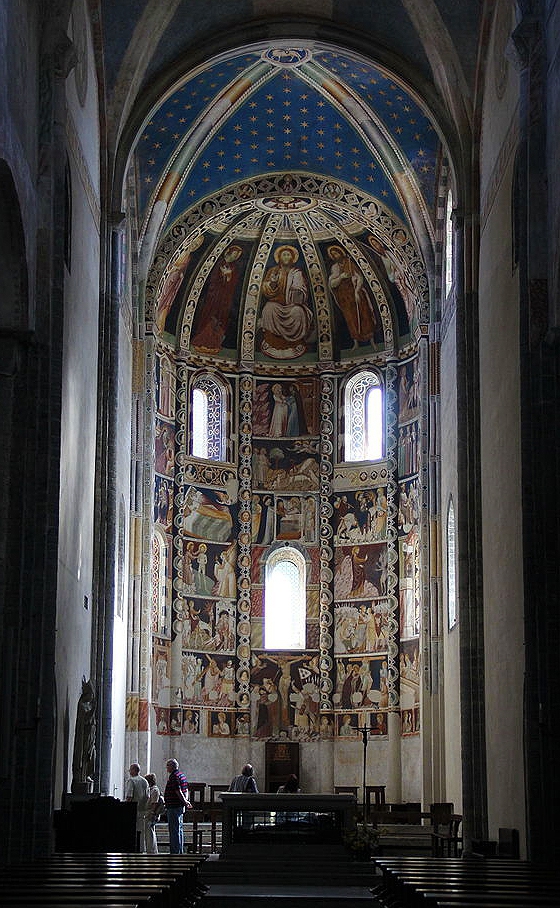
Basilica di Sant'Abbondio -
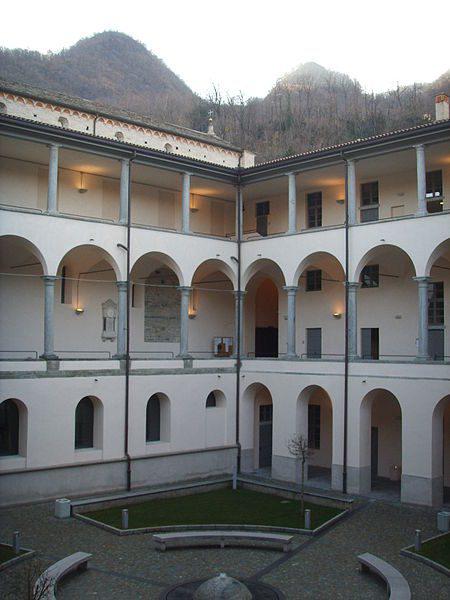
Basilica di Sant'Abbondio -
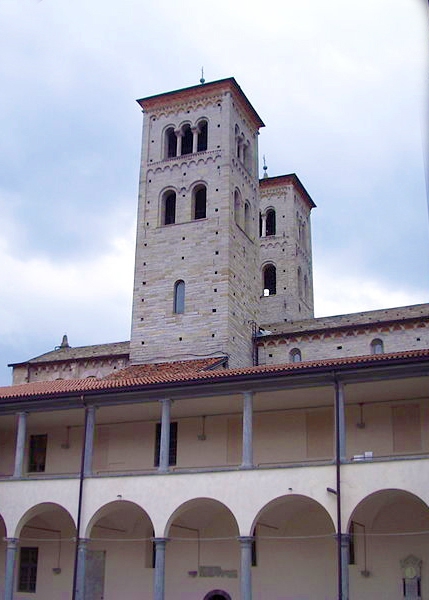
Basilica di Sant'Abbondio
Basilica di Sant'Abbondio Como Like
Basilica of Sant'Abbondio: Description
During the ninth century the church took the dedication to Sant'Abbondio, who had been buried four centuries before; But now it was possible that it was the seat of the bishop of Como, as it long held by some rumors of local historians.
In 1010 the bishop Alberico settled at the basilica a community of Benedictine monks who soon reached a leading position within the diocese thanks in recognition of the public authorities and clergymen and a consistent heritage. The monks began the reconstruction of the basilica: the early Christian structure demolished, the church was re-built in the Romanesque style and consecrated by Pope Urban II in 1095, but important projects were promoted also in the next two centuries, with the construction of an entrance porch behind the façade - probably dedicated to the pilgrims - and, in the fourteenth century, with painted decoration of the apse.
From the second half of the fifteenth century the monastery was assigned to the abbots - mostly non-residents - and it was on the initiative of some of them - before the Cardinal Paolo Della Chiesa, then Cardinal Tolomeo Gallio - that in the sixteenth century basilica underwent deep restructuring , assuming a classical robe, as he started the construction of the magnificent cloister. In 1616 the abbot Marco Gallio sold the church, the monastery and some land close to the Augustinian nuns of St.
Thomas of Civiglio and this novelty involved new measures to adapt the Church to the liturgical needs of a female monastic community. In 1783 the monastery was suppressed but the church, for his dedication to the patron of the diocese, it was secularized and became a subsidiary of the parish of the Holy Annunciation. After a long period of neglect, in 1834 the monastic complex was bought by the Bishop Carlo Romano to let you transfer the Theological Seminary: buildings, now in serious state of disrepair, were partly demolished and then reconstructed neoclassical architect Giuseppe Tazzini ; in 1881 the headquarters of the institute was extended along the Via Regina.
Since 1863 Serafino Balestra, a teacher at the seminary and scholar of archeology and epigraphy, promoted the restoration of the basilica in order to restore the Romanesque appearance; during the work it was also found early Christian building foundations and those of outside porch, which had been demolished during the sixteenth century. In 1928 Antonio Giussani created a new restoration of the church, redoing the roofs of the aisles, the apse and the choir, re-plastering walls and ceilings and rebuilding the altar and the altar placed in the minor apses; other interventions were promoted in the seventies of the twentieth century.
In 1968 the transfer of the Episcopal seminary in Muggiò again caused the abandonment and the rapid deterioration of what had been the site of the monastery. Purchased in 1974 by the city of Como, who recently oversaw the restoration and redevelopment, now it is the seat of the Faculty of Law, University of Insubria.
More to Explore.
Lake Como's rich history of church building goes back many centuries. Their storied past includes miracles, political intrigue and competition for parishioner loyalty.